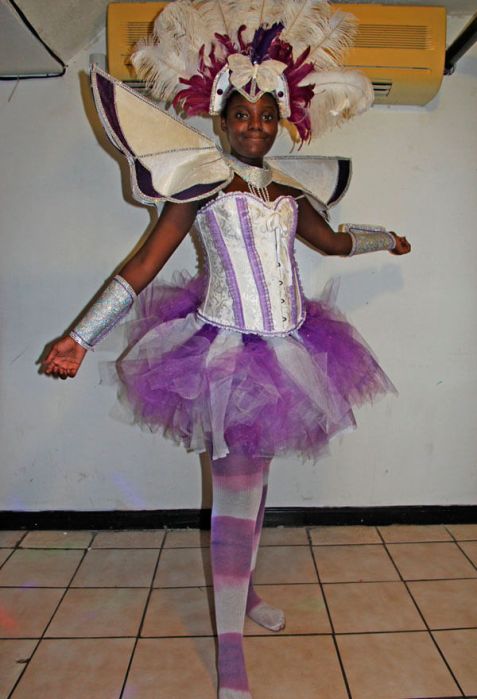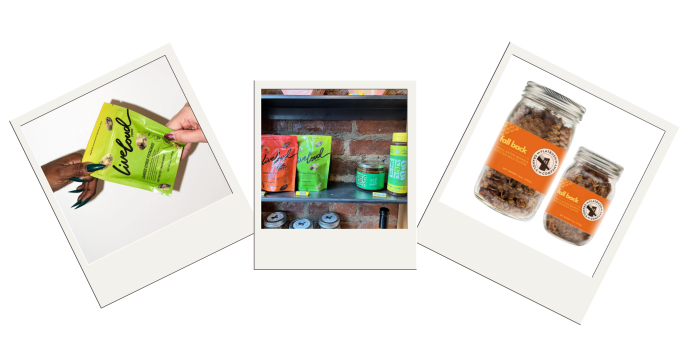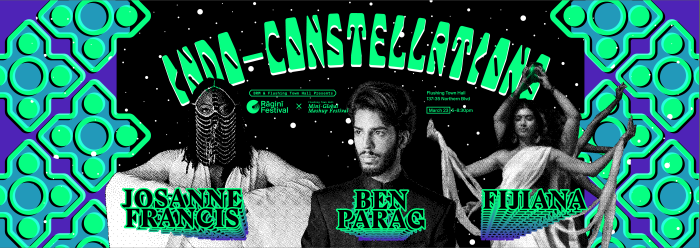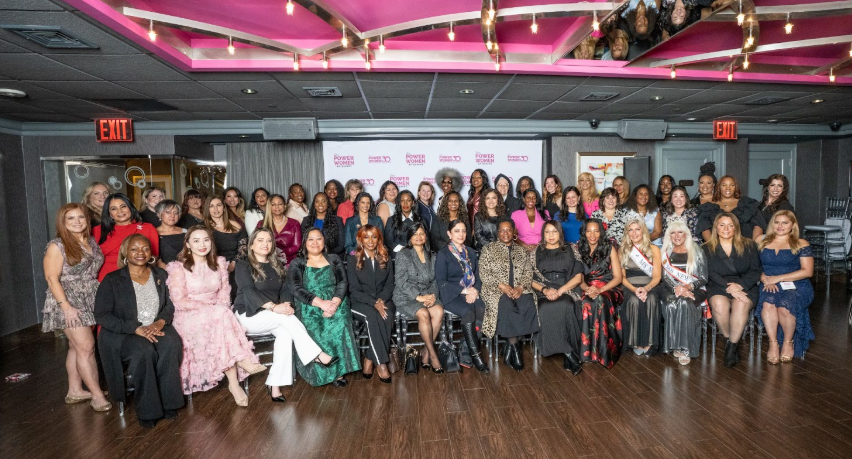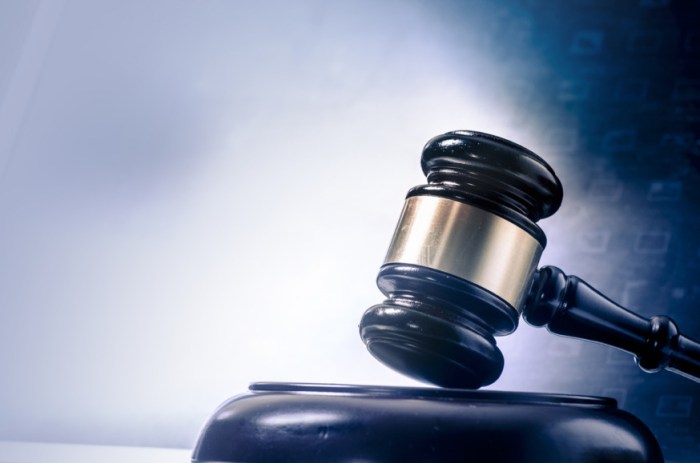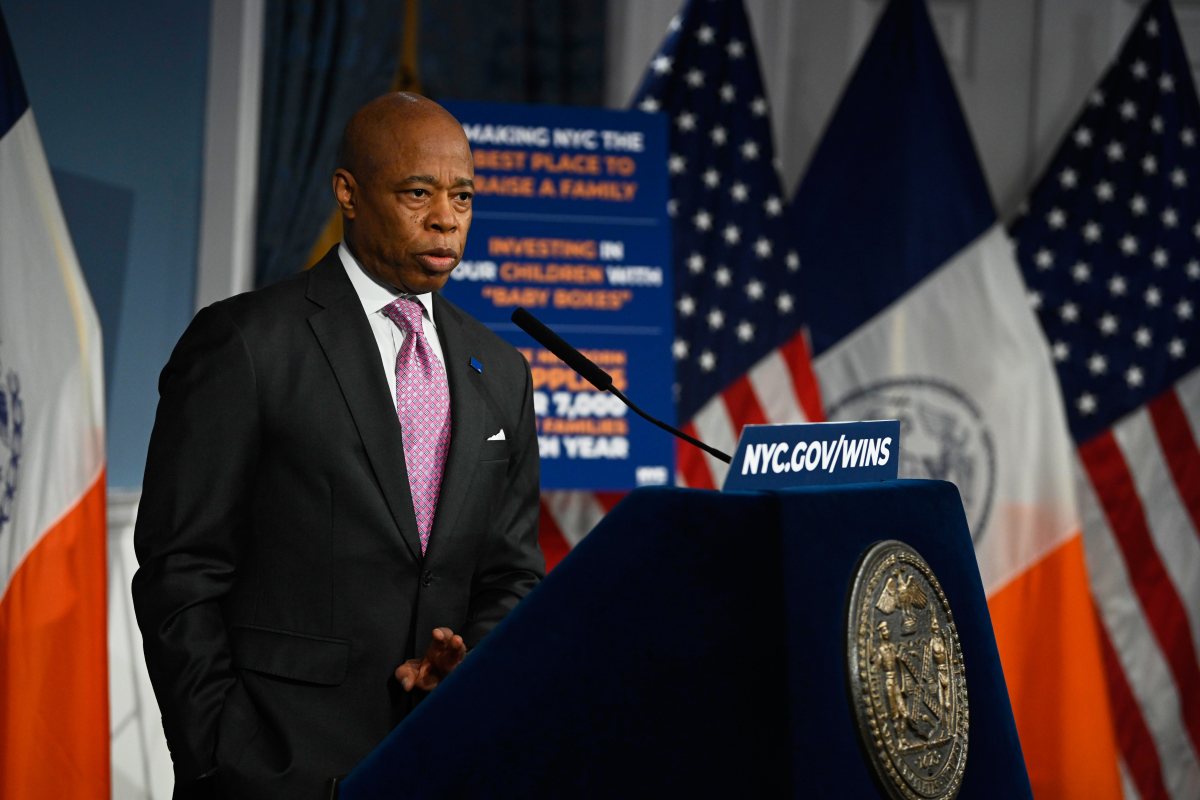Days before Columbia University’s Miller Theatre opens its 2019-2020 season, the Brooklyn-born artist Adama Delphine Fawundu has transformed Miller’s lobby with a new installation, “Tales from the Mano River.”
According to Miller Theatre, Fawundu’s installation is an extension of her research into the African water deity, Mami Wata.
Made of composited images of the Mano River in West Africa, the commission is part of Columbia University’s Year of Water and will be displayed throughout the 2019-20 season, from September 2019 – June 2020, greeting thousands of concertgoers as they arrive for performances, Miller Theatre said in a statement on Thursday.
Known for her photographic, video and mixed media practice, the theatre said Fawundu incorporates elements of biography, geography, migration and cosmology “as a way of symbolizing the individual and collective experience of the African Diaspora.”
“This piece is made up of composited images of the Mano River, which begins in the Guinea Highlands, and connects Sierra Leone to Liberia before emptying into the Atlantic Ocean—along with traces of masked beings,’ and scans of fabric handmade by Fawundu’s aunt using water from the Mano River,” the Miller Theatre said.
It said Fawundu’s ancestral home is in Sierra Leone along the Mano River, where she has spent time travelling, listening to, and documenting stories of family history that pre-date European colonialism in the region, and recalling memories of rebellion and resistance during British occupation.
“Her time in Sierra Leone, particularly on the islands of Mano and Talia, on the Mano River, provided an opportunity to connect with her family who are still there,” the statement said.
“While on the river with her family, Fawundu heard stories of Mami Wata, symbolized through the river’s transformation during the wet and dry seasons, with its great agricultural bounties, abundance of fish and its connecting force as a means of transport,” it added.
The theatre said the idea of connection is at the center of Fawundu’s practice, “as it relates to the larger theme of physical and non-physical connections between Africa and its Diaspora.”
“These connections are especially significant in that they persist in spite of the terrorism of European colonialism and slavery meant to dislocate and disorient people of African descent,” Miller Theatre said.
It said Fawundu incorporates hair in her work to critique “the dominion of European standards of beauty and honor it as a subversive material for geographic communication, in particular, the use of cornrows as escape maps for runaway slaves.”
The mask, which is another recurring symbol in Fawundu’s work, derives from her Mende heritage, the theatre said, adding that Fawundu incorporates masking as “a device for entering altered states of being and negotiating alternative ways of seeing.”
Miller Theatre said Fawundu’s journey and research reimagine the traditional narratives by which homeland, spirituality and history are communicated “in an attempt to align more closely with the borderless, hybrid, inter-cultural geography of the African Diaspora.”
“The transformation of Miller’s lobby has been a major highlight of the last six seasons, as we have annually commissioned a visual artist to use our lobby walls as their canvas,” said Melissa Smey, Miller Theatre’s executive director. “It has been a real pleasure working with Adama Delphine Fawundu, an outstanding alumna of Columbia’s School of the Arts, on this year’s installation.
“She draws inspiration from her ancestral home in Sierra Leone along the Mano River, which connects beautifully with the University’s Year of Water, an interdisciplinary investigation of water in all of its social, political, cultural, economic, and environmental inequities and complexities,” she added. “I am eager for visitors to explore her installation throughout the year ahead.”
Miller Theatre said his year’s site-specific exhibition is the seventh lobby installation it has commissioned.
It said Fawundu’s installation succeeds Joiri Minaya’s “Redecode II: La Dorada” from her “Tropical Surfaces” series that adorned the walls last season.
Previous murals were created by Lina Puerta, Tomo Mori, Scherezade Garcia, Maya Hayuk and Vargas-Suarez Universal, Miller Theatre said.
Located on Broadway at 116th Street, Miller Theatre’s lobby is open to the public Monday through Friday, from 10:00 a.m. to 6:00 p.m., and beginning two hours before each scheduled performance.


